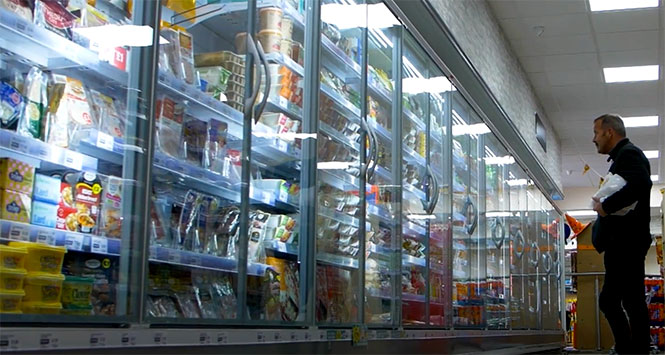With all local retailers feeling the pinch of high energy prices, we asked Douglas Harding from Business Energy Scotland to share his top energy-saving tips.
There isn’t a local retailer in Scotland that hasn’t been hit hard by rising energy prices and if you are mid-contract, there’s not much you can do about it. Or is there? We caught up with Douglas Harding from Business Energy Scotland to find out how you can cut costs and lower your carbon footprint into the bargain. The good news is, there are many low- and no-cost actions that can help you start saving.
1. Switch off lights when not needed
For some businesses, lighting makes up over 50% of their energy bill. So, it’s a great place to start saving.
Switching off lights in unoccupied areas like stockrooms and toilets saves energy. The same goes for retail display and signage-lighting that’s very often left running while there’s sufficient daylight. Installing sensors and timers can provide good savings. Simply getting into the habit of turning off lights works too.
2. Upgrade to energy efficient lights
Energy efficient lighting such as LEDs can provide fantastic savings of up to 80%.
And right now, interest-free loans with cashback grants of up to £20,000 are available to help you make the switch to LEDS if you haven’t already upgraded.
3. Shut the front door
A top tip if you run a heating system. According to research by Cambridge University, keeping shop doors closed can save 50% on energy bills, without impacting footfall.
4. Mind the gaps
Draught proof your doors and windows, along with unwanted gaps around roof lights and service entry points, to stop heat escaping.
There are some DIY options, including fitting foam strips around windows and brush strips around doors. Flexible sealants can be used to reduce draughts around floors and walls.
5. Heat your store only when and how needed
Do you wait until closing time to turn your heating off? If so, save money by turning it off earlier.
Your shop will retain heat for some time (depending on its insulation) after you stop heating it. By leaving your heating on until closing time, you’re paying to keep your shop warm when no one is there.
6. Run fridges efficiently
If you have fridges, make sure they are well maintained and set to the correct temperatures. The lower you set the temperature, the harder your refrigeration will work, costing more. It can also help to locate your fridges in appropriate places, for example, away from direct sunlight.
Avoid overstocking fridges too. A fridge is most energy efficient when not overfilled and there is space for cool air to circulate. While stocking your fridge, ensure you don’t block vents and that chilled goods go directly into your display units. If they are left to sit out and warm up, your fridge will have to work harder to cool them down again.
Fridges containing non-perishable food and drink can even be completely switched off when not needed. Try unplugging an hour before closing to see some easy savings.
7. Use energy saving features on equipment
Use the energy-saving features on things like tills, monitors and printers. Some energy saving settings can reduce consumption by 10%. And of course, if you’re not using equipment, switch it off.
- Douglas Harding is the Programme Manager for Business Energy Scotland, a business support service managed by Energy Saving Trust and funded by the Scottish Government.







